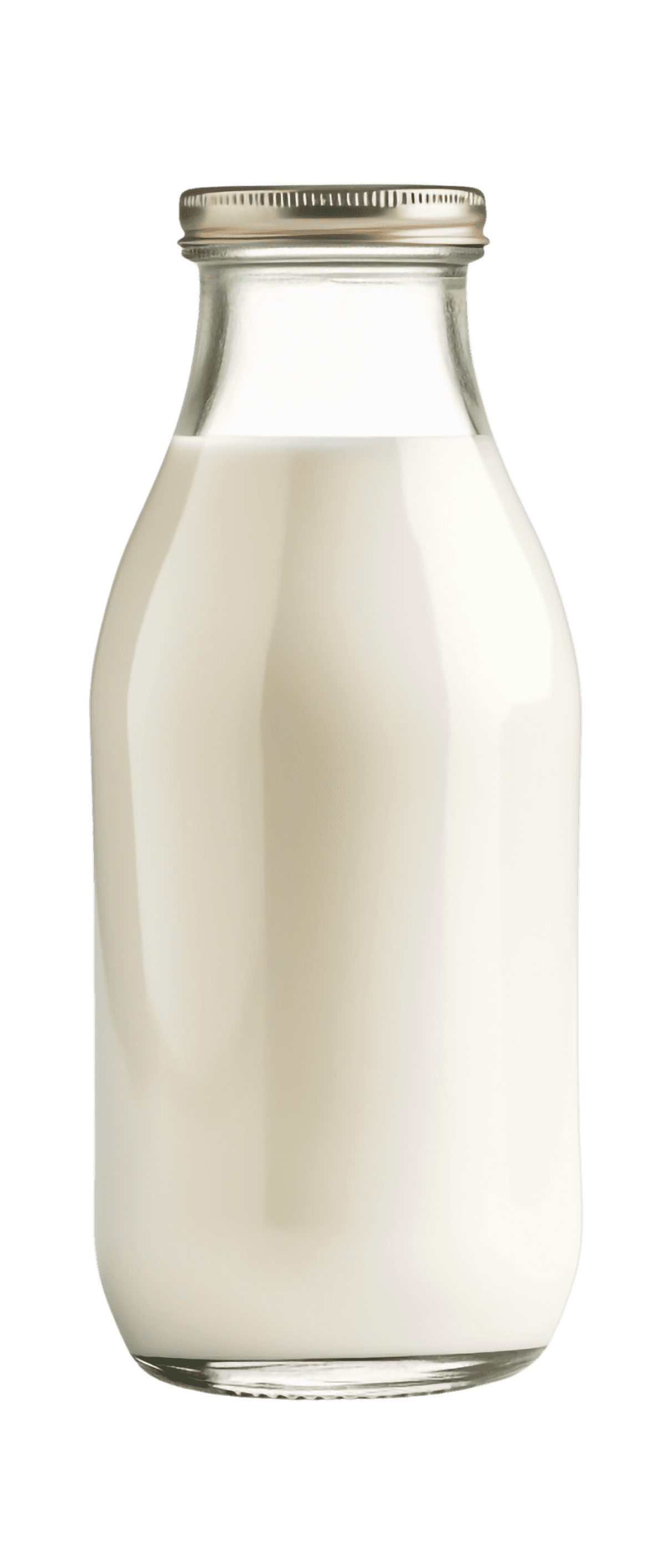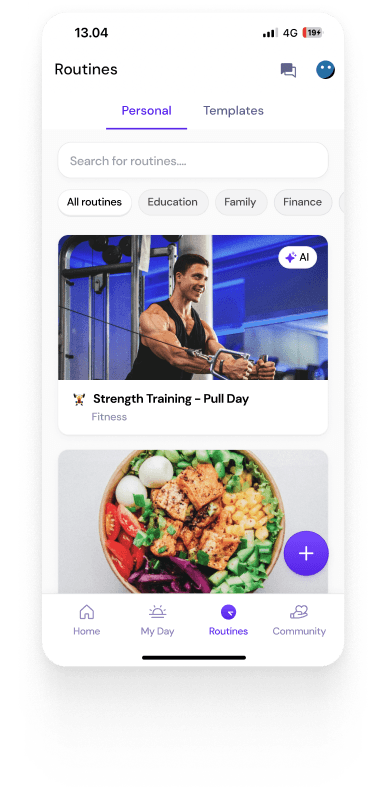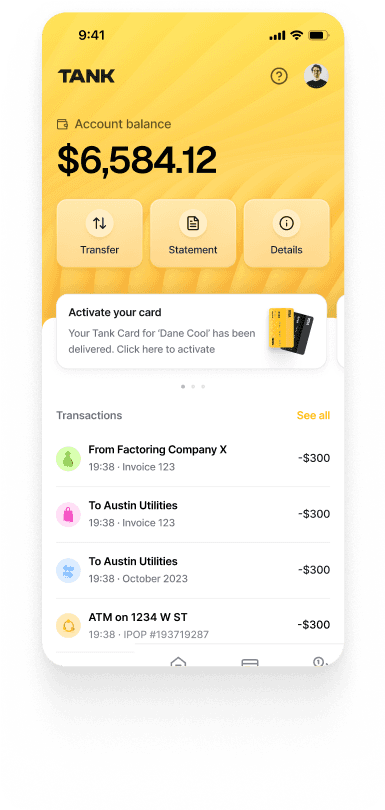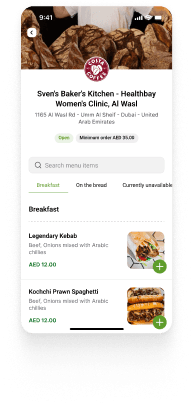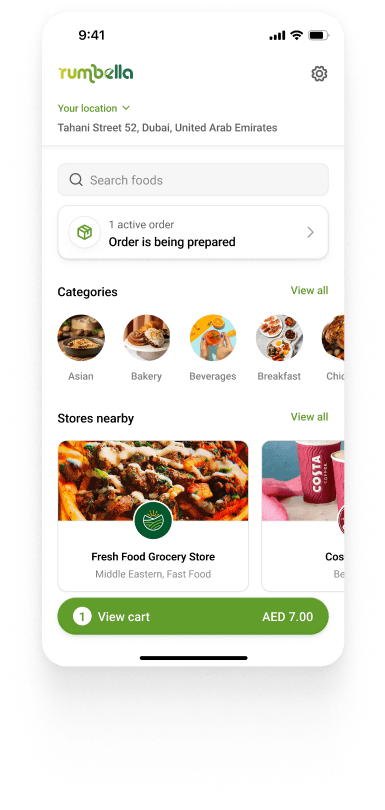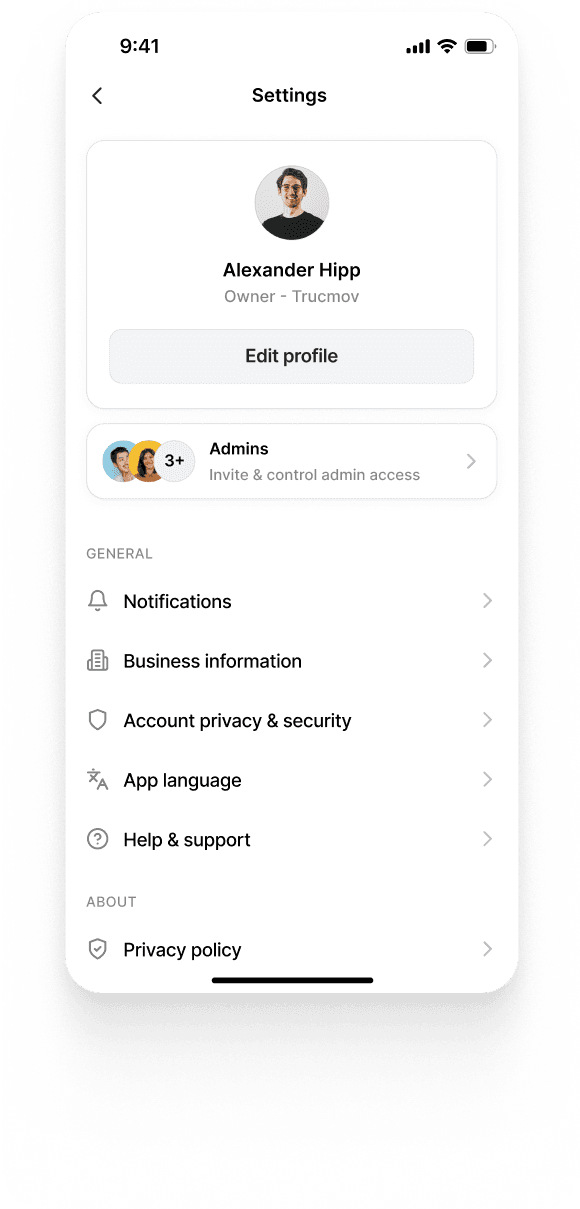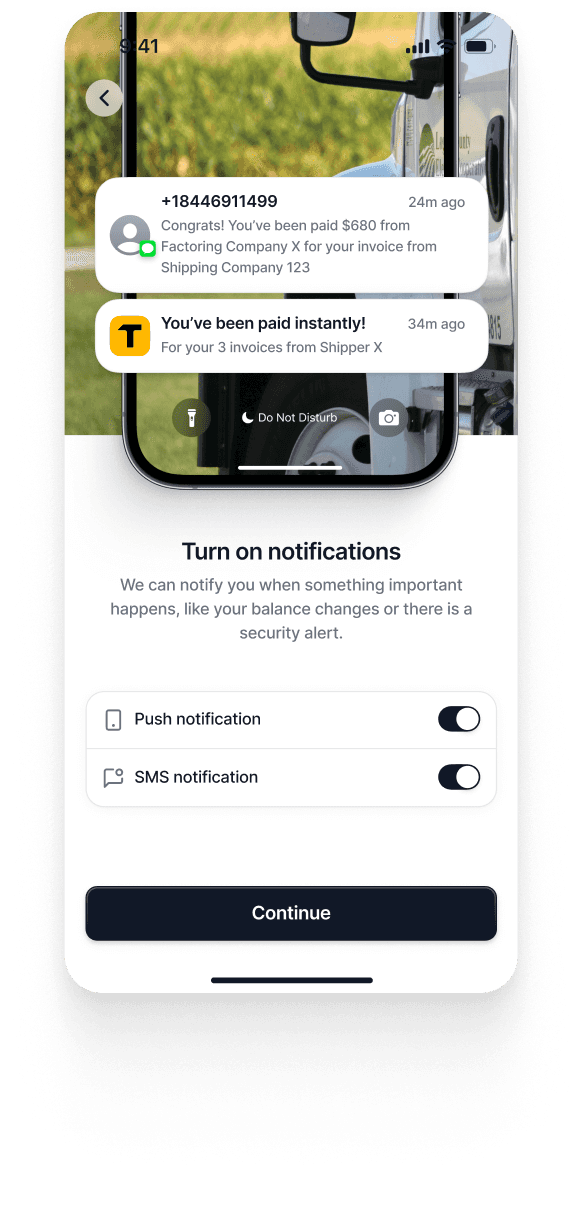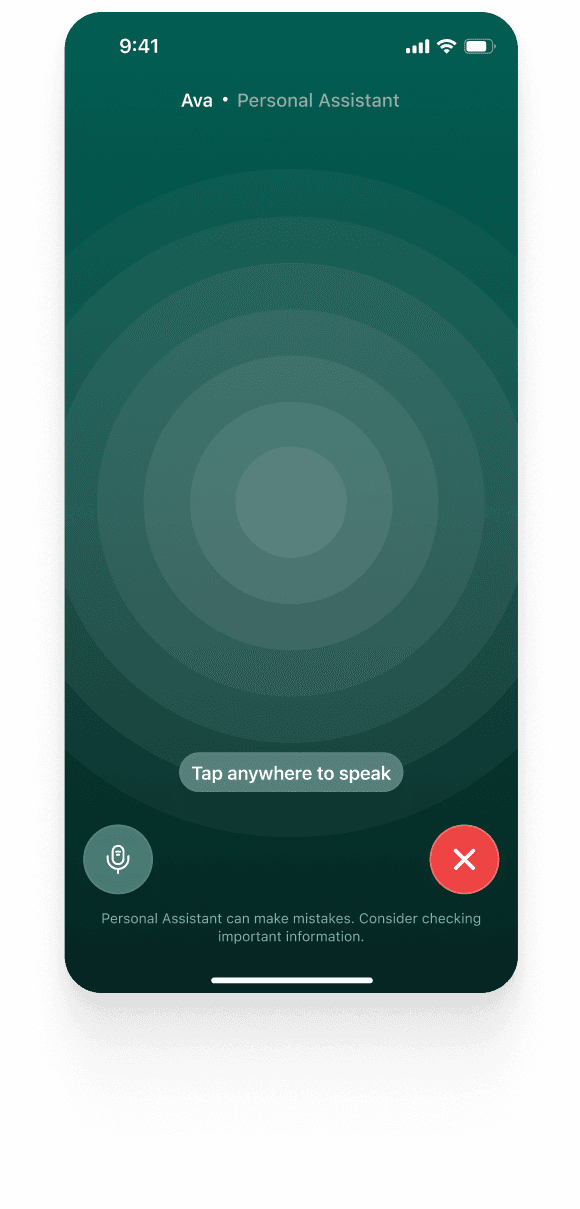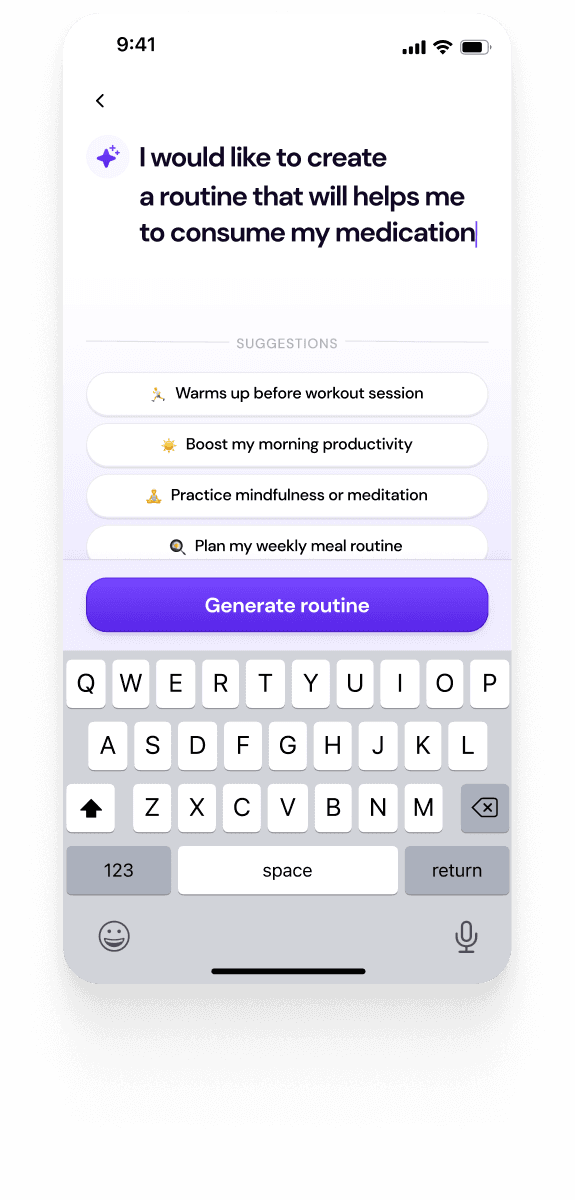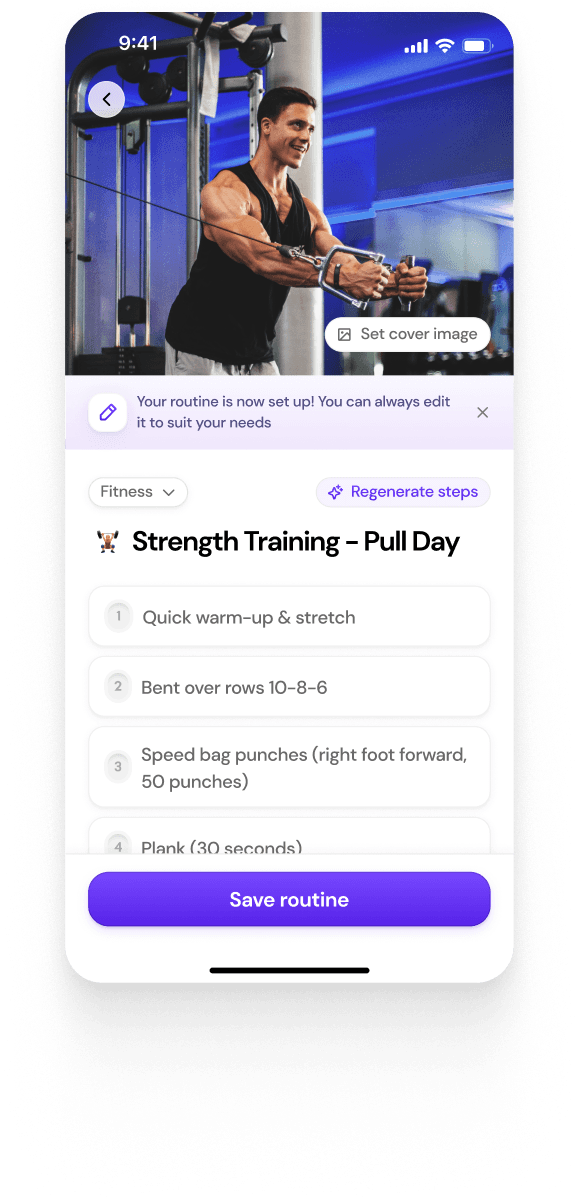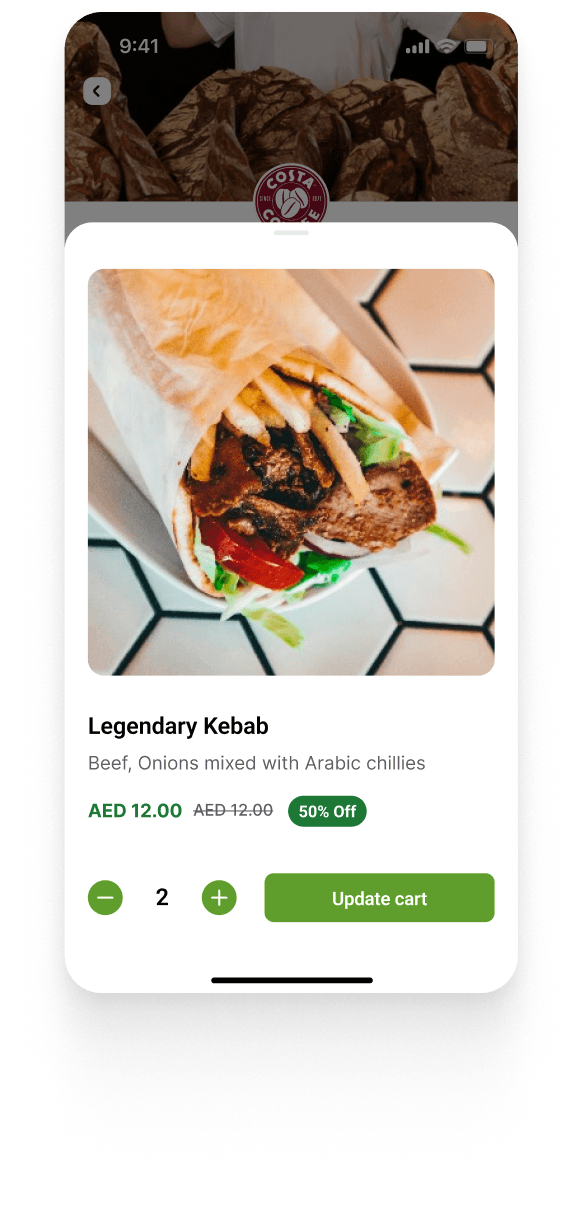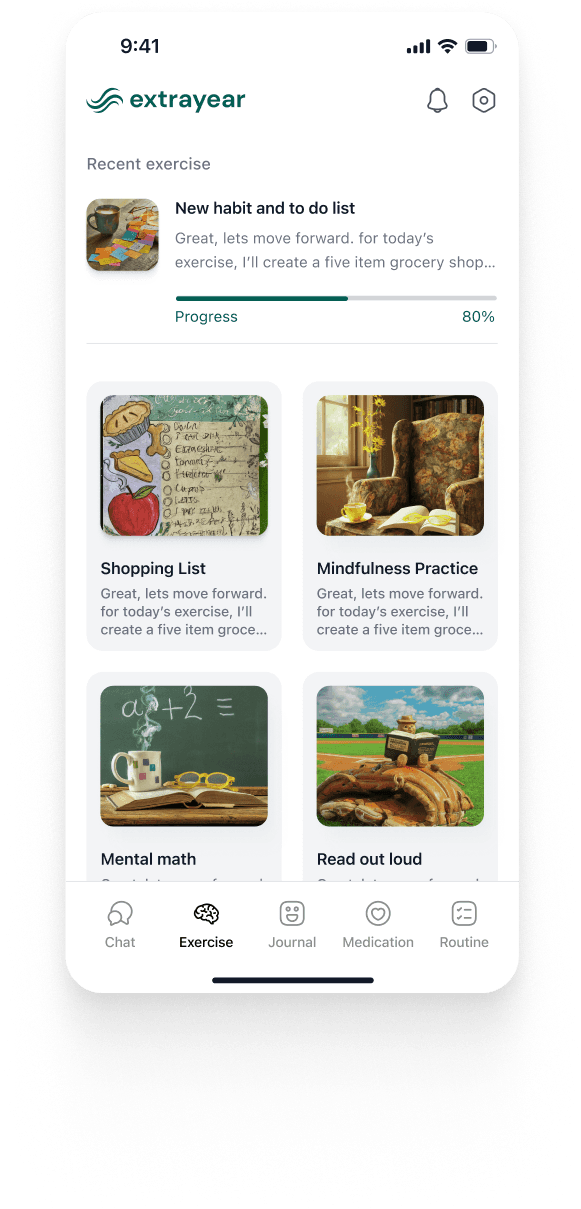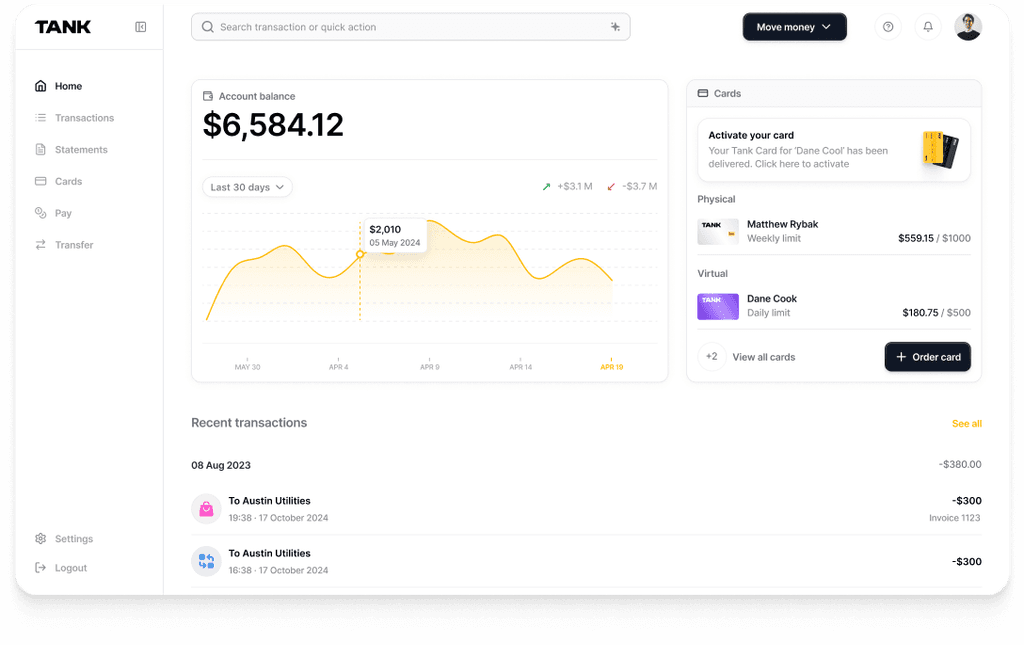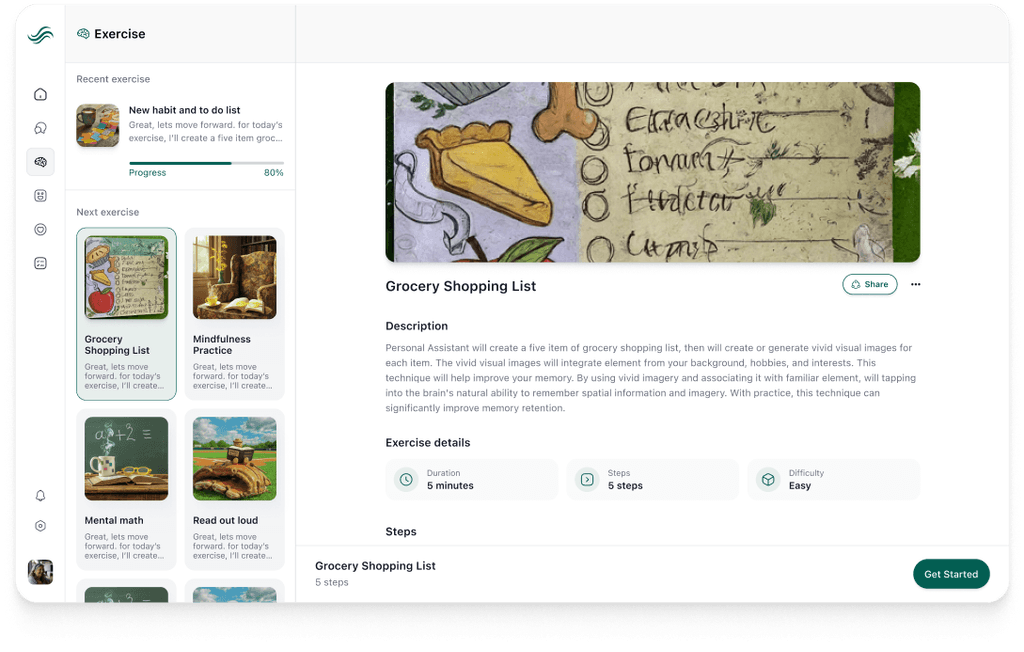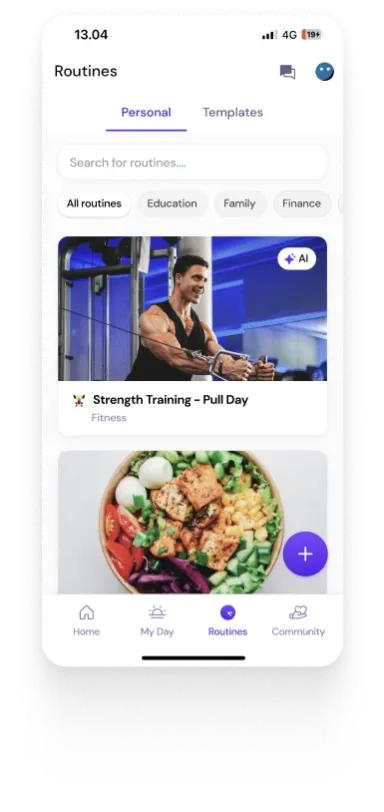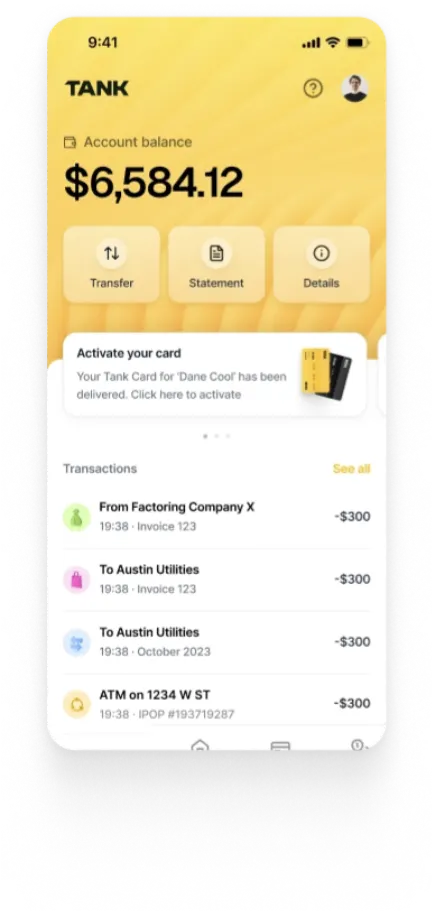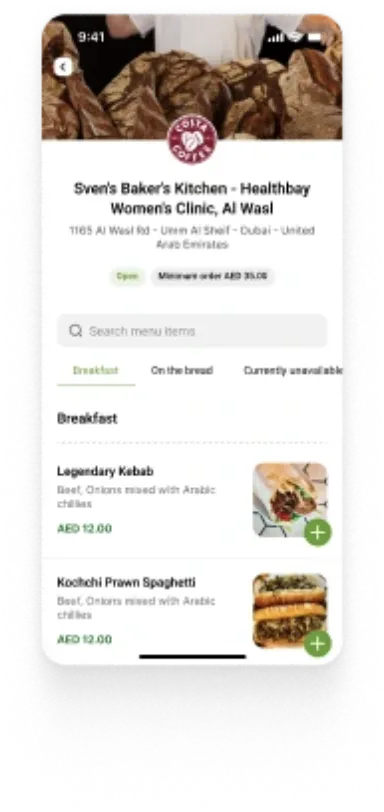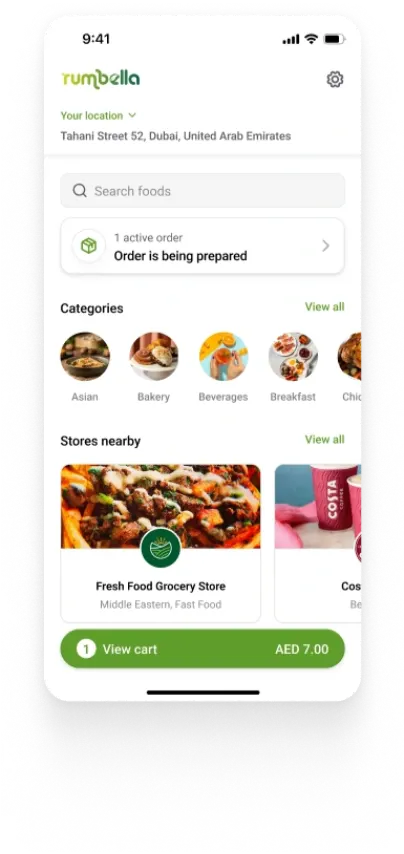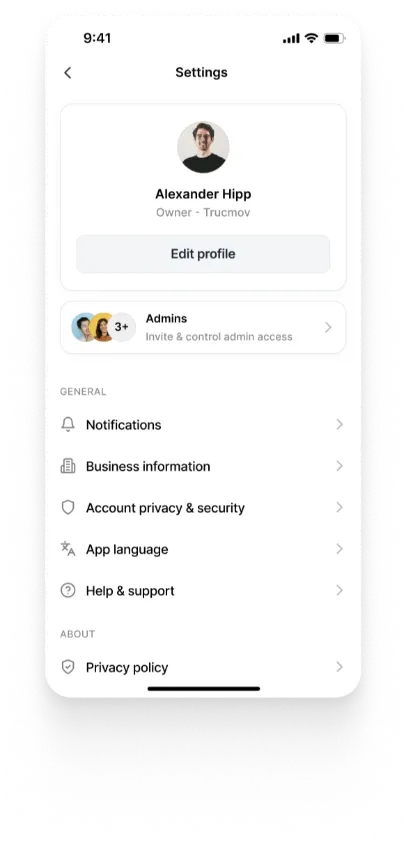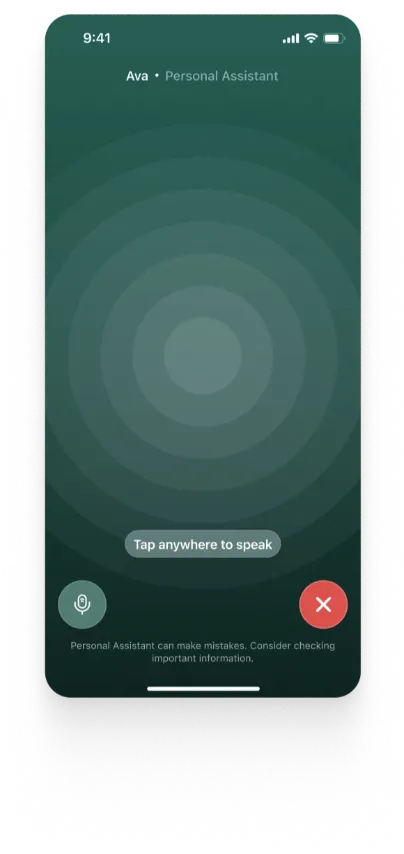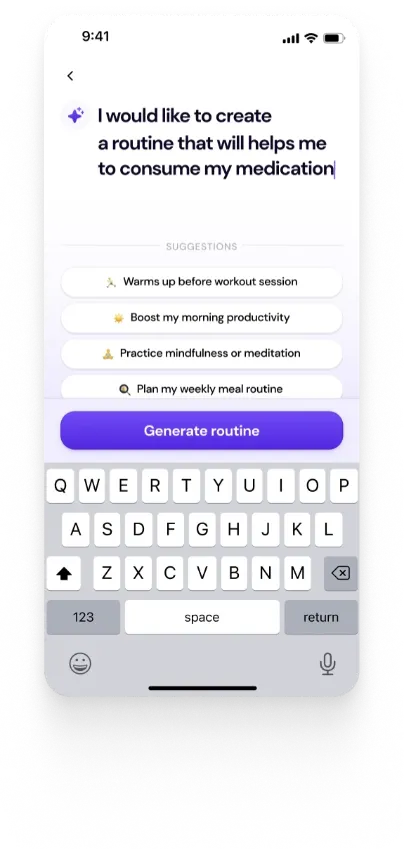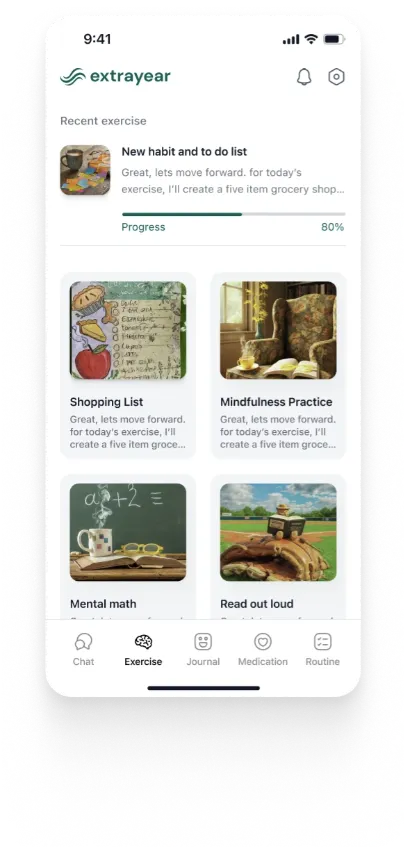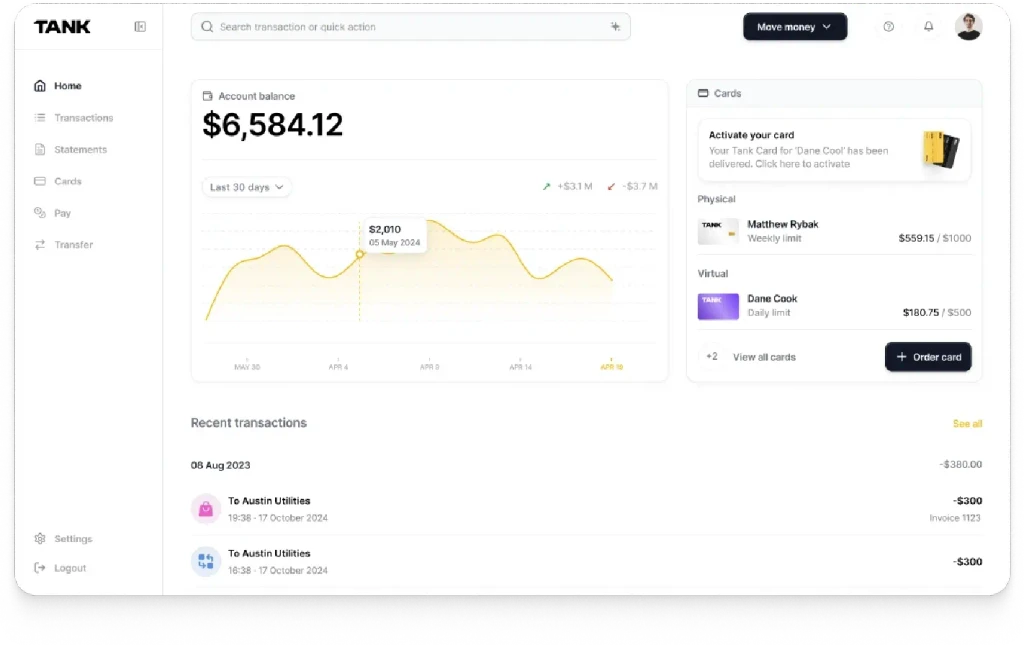Why Flutter is the Best Framework for Health Apps
Summary
The healthcare mobile app market is booming, with projections showing a potential reach of $340.5 billion by 2030. Flutter, Google’s UI toolkit, offers developers robust, secure, and scalable solutions to meet the high demands of healthcare applications. This article explores how Flutter’s features make it an ideal choice for healthcare applications.
Key insights:
Rapid Market Growth: With 290 million healthcare app installs in 2021 and 64% of US adults using these apps, the demand for reliable and efficient healthcare applications is significant.
Critical Role of Technology: The technology stack, especially tools like Flutter, is crucial for developing apps that handle sensitive health data with the necessary security, compliance, and user-friendly design.
Flutter's Advantages: Flutter enhances app development through its comprehensive UI toolkit, facilitating the creation of visually appealing and functionally robust healthcare applications.
Security and Efficiency: Flutter supports the development of apps that meet stringent security standards crucial for handling health data, while also providing tools that ensure applications are both efficient and scalable.
Introduction
In our increasingly digital era, mobile applications have become transformative tools in the healthcare landscape, reshaping how we access medical information, schedule appointments, and even receive telemedicine services.
The right technology stack plays a pivotal role in the success of healthcare mobile apps, and Google's open-source UI software development kit, Flutter, stands out as an exceptional choice.
The Landscape of Healthcare Apps
The medical app market is thriving, with the below data points highlighting its growing nature:
Projected Market Size: By 2030, the healthcare app market is expected to reach a staggering $340.5 billion, representing a substantial growth rate of 45.0%.
User Adoption: In 2021 alone, there were 290 million healthcare app installs, showcasing the increasing reliance on digital solutions for health management.
Widespread Usage: Approximately 64% of US adults use at least one healthcare app, showing the ubiquity and significance of these applications in modern healthcare.
Choosing the Right Technology Stack for Medical Apps
The selection of a technology stack is critical for healthcare apps due to the sector's unique requirements:
Precision and Reliability
Healthcare apps deal with critical data, necessitating a robust technology stack to ensure data accuracy and reduce the risk of errors with potentially severe consequences.
Security and Compliance
Stringent data security and compliance with regulations like HIPAA are imperative. The technology stack must offer encryption, secure data transmission, and user authentication features.
User-Centric Design
Healthcare apps must be user-friendly and intuitive, catering to diverse user groups. For instance, an appointment scheduling app should be accessible to elderly users.
Scalability and Future-Proofing
As healthcare apps evolve, scalability becomes crucial to accommodate growing user bases and new features. A technology stack supporting seamless scalability ensures adaptability to changing demands.
Development Efficiency
Rapid development is essential for healthcare app projects often operating under tight schedules. A technology stack enabling quick iterations accelerates time-to-market without compromising quality.
Flutter's Role in Health App Development
What is Flutter?
Flutter, developed by Google, is an open-source SDK for building mobile, desktop, and web apps using a unified codebase.
Its unique features make it particularly well-suited for healthcare app development.
UI Coding and Widgets
In the healthcare domain, where quick access to patient information and seamless user interaction are vital, Flutter stands out with its UI coding prowess and versatile widgets.
Efficiency in Data Access: Flutter's pre-built tools and swift UI coding streamline the process of retrieving patient information, ensuring a smoother user experience for healthcare professionals.
Enhanced User Engagement: The fast UI code of Flutter ensures that healthcare apps respond promptly to user interactions, fostering a more engaging and interactive experience for patients and medical practitioners alike.
Real-time Symptom Tracking: Flutter-powered healthcare apps enable patients to input symptoms with live visual updates. This feature facilitates real-time tracking of health changes, enhancing patients' connection with their well-being.
Practical Example(Asthma Monitoring): A Flutter-based healthcare app for asthma patients allows daily symptom recording, generating insightful charts. This empowers patients to identify patterns, understand triggers, and communicate observations with healthcare providers.
Dart Language
Dart programming language, integral to Flutter, enhances the healthcare experience through:
Cross-Platform Efficiency: Dart enables developers to create a single codebase for Android and iOS, simplifying user experience across devices.
Familiar Layouts: User-friendly layouts created with Flutter offer familiarity, reducing the learning curve for medical professionals and enhancing usability.
Time-Saving Convenience: Dart's contribution to easy-to-use layouts translates to efficient app navigation, saving valuable time for healthcare practitioners.
Hot Reloading
Flutter's "hot reload" feature brings dynamic adaptability to healthcare app development, offering:
Effortless Adjustments: Developers can make instant changes, facilitating on-the-fly adjustments for exploring design ideas in real time.
Iterative Testing: "Hot reload" provides a sandbox for testing, allowing developers to experiment with UI elements, user interactions, and functionalities for rapid iteration.
Streamlined Healthcare Processes: Swift modifications and updates support healthcare workflow optimization, enabling easy customization for specific requirements.
Internationalization and Accessibility
Flutter's built-in features for internationalization and accessibility enhance the reach and communication of healthcare apps:
Seamless Translation: Flutter's internationalization feature enables effortless translation into multiple languages, fostering better patient engagement and understanding.
Dart International Package: Integration with Dart intl. package supports 78 languages, time zones, currencies, facilitating global healthcare app adaptation.
Remote Consultations: Internationalization has a profound impact on telehealth apps, ensuring consultations are conducted in the patient's preferred language.
Architecture Efficiency
Flutter's layered architecture offers a strategic advantage in healthcare app development:
Targeted Feature Development: Segmentation empowers developers to focus on specific features without affecting the entire app, crucial for accommodating evolving technologies.
Adaptability and Expansion: A layered architecture enables seamless adaptation and expansion to integrate new functionalities and accommodate future enhancements.
Efficient Data Handling: Flutter's capabilities enable efficient data management, enhancing the app's ability to handle complex healthcare data scenarios.
Flutter Health Package
The Health package, a valuable asset in Flutter's toolkit, enhances the framework's prowess for health app development. This plugin simplifies the reading and writing of health data from Apple Health, Google Fit, and Health Connect, aligning seamlessly with Flutter's cross-platform capabilities.
Key features include:
1. Permissions Management:
Easily manage permissions with methods like
hasPermissions,requestAuthorization, andrevokePermissions.
2. Data Reading and Writing:
Extract health insights effortlessly using the
getHealthDataFromTypesmethod.Input health data seamlessly with the
writeHealthDatamethod.
3. Workout Management:
Enhance health tracking by writing workout data with the
writeWorkoutmethod.
4. Specialized Data Handling:
Record audiograms on iOS using the
writeAudiogrammethod.Capture blood pressure data through the
writeBloodPressuremethod.
Health Metrics Access
Easily access total step counts with the getTotalStepsInInterval method.
1. Data Maintenance:
Ensure data accuracy by removing duplicates with the
removeDuplicatesmethod.Selectively delete data of a specific type within a chosen timeframe using the
deletemethod.
2. Future-Ready Support:
The plugin supports the future Android API Health Connect, showcasing its commitment to staying ahead.
Flutter vs. Other Technologies
When comparing Flutter with React Native and Xamarin, Flutter stands out for healthcare apps due to its unique features:
UI Components
Flutter uses a widget-based architecture, offering a streamlined approach to UI development, setting it apart from native UI components in React Native and Xamarin.
Supported Platforms
Flutter supports iOS, Android, and web, providing cross-platform efficiency, whereas React Native and Xamarin support a range of platforms but may require additional optimization.
Programming Language
Dart, the language for Flutter, offers a unique and efficient approach, different from JavaScript (React Native) and C# (.NET - Xamarin).
Performance Optimization
Flutter's efficient compilation with Ahead-of-Time (AOT) and Just In Time (JIT) processing contributes to peak performance, distinguishing it from React Native and Xamarin, which require additional performance optimization.
Flutter in the Global Healthcare Landscape
The popularity of Flutter is soaring, with over 1 million apps utilizing Flutter as of May 2023. Its appeal is particularly pronounced in healthcare app development, offering ease and simplicity unparalleled by other platforms.
Healthcare apps demand complexity with engaging user interfaces. Flutter's seamless interactions set it apart from React Native and Xamarin, ensuring top performance while delivering visually appealing interfaces.
Its unique features, including UI coding efficiency, cross-platform functionality, real-time customization, global reach, and structured adaptability, position Flutter as an exceptional choice for crafting healthcare apps that prioritize precision, security, and an enhanced user experience.
Whether you're a healthcare provider, a developer, or an enthusiast, exploring the benefits of Flutter in your next healthcare mobile app project is a journey toward transforming healthcare delivery in the digital age.












